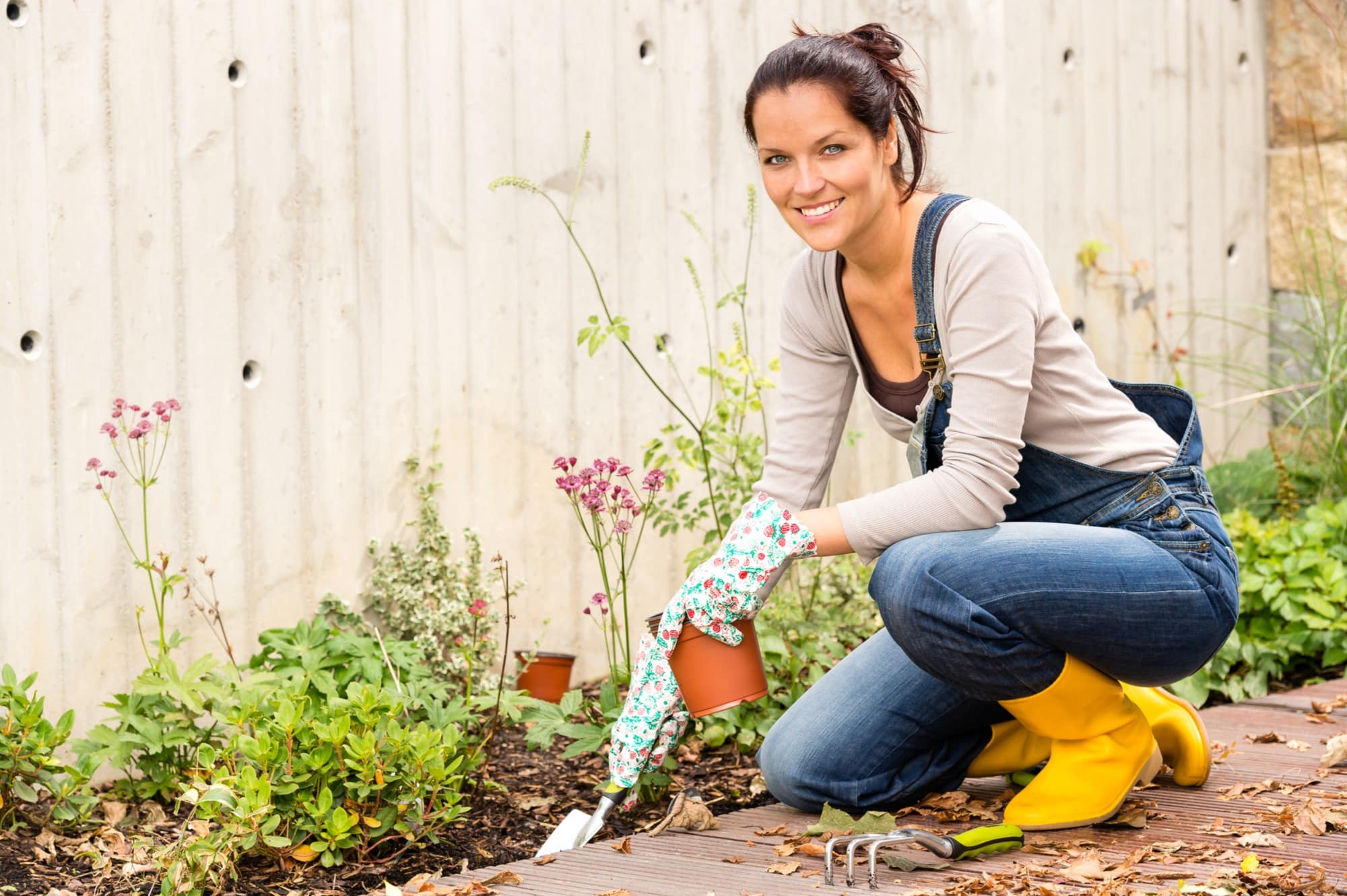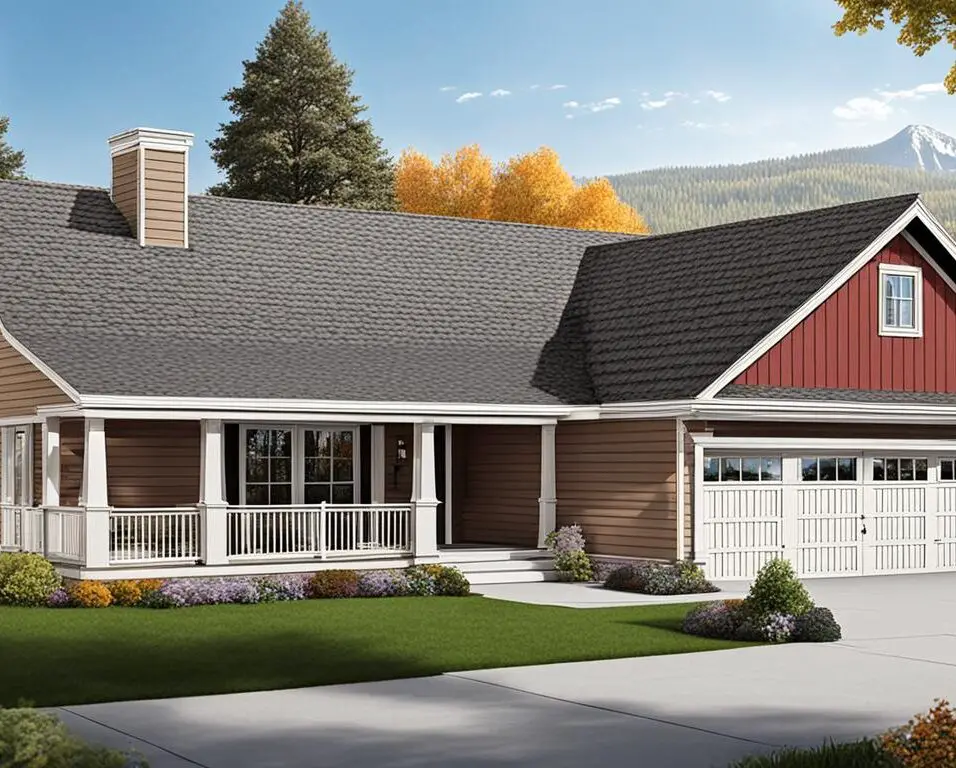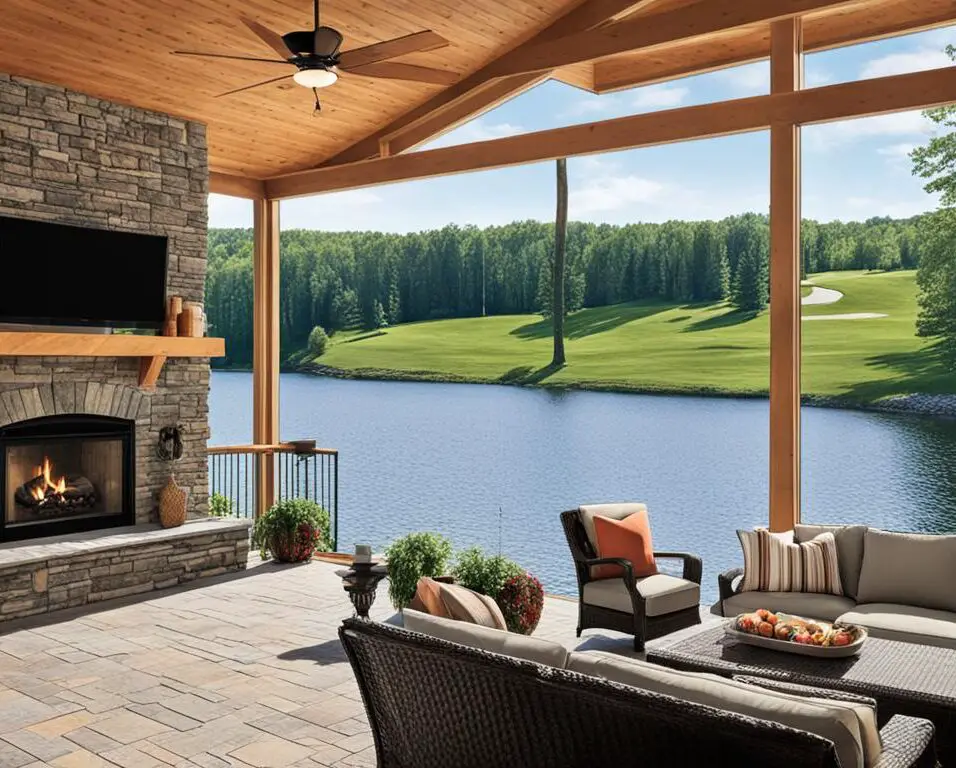What To Wear When Gardening
Introduction
What To Wear When Gardening: This seemingly simple query opens the door to a world of practical considerations, creative choices, and a harmonious blend of functionality and style. Gardening is not just a hobby; it’s a wholesome experience that engages all your senses and demands your attention to detail. The attire you choose to don while tending to your plants plays a vital role in making this experience comfortable, safe, and enjoyable. Whether you’re a seasoned horticulturist or a novice gardener, your outfit can impact your performance, protection, and overall satisfaction.
In “What To Wear When Gardening,” we delve into the art of dressing appropriately for the garden – a space where dirt is your canvas and plants your masterpiece. From the sun-kissed mornings of spring to the crisp afternoons of fall, every season brings its own set of challenges and requirements for the ideal gardening leave ensemble. Beyond the practical aspects, we explore how your choice of attire can reflect your personal style, allowing you to express yourself even as you nurture the green life around you.
Join us as we navigate through a range of clothing options, footwear, accessories, and protective gear that not only shield you from thorns, dirt, and UV rays but also enable you to move freely and confidently in your gardening oasis. Discover the magic of clothing fabrics that breathe, colors that reflect your mood, and ensembles that are as adaptable as the evolving seasons.
Whether you’re cultivating a vibrant flower bed, nurturing a thriving vegetable patch, or simply finding solace among your potted companions, “What To Wear When Gardening” is your guide to achieving the perfect balance between practicality and panache in the garden. Let’s dig in and unearth the secrets of dressing smartly for a blooming good time amidst nature’s splendor.
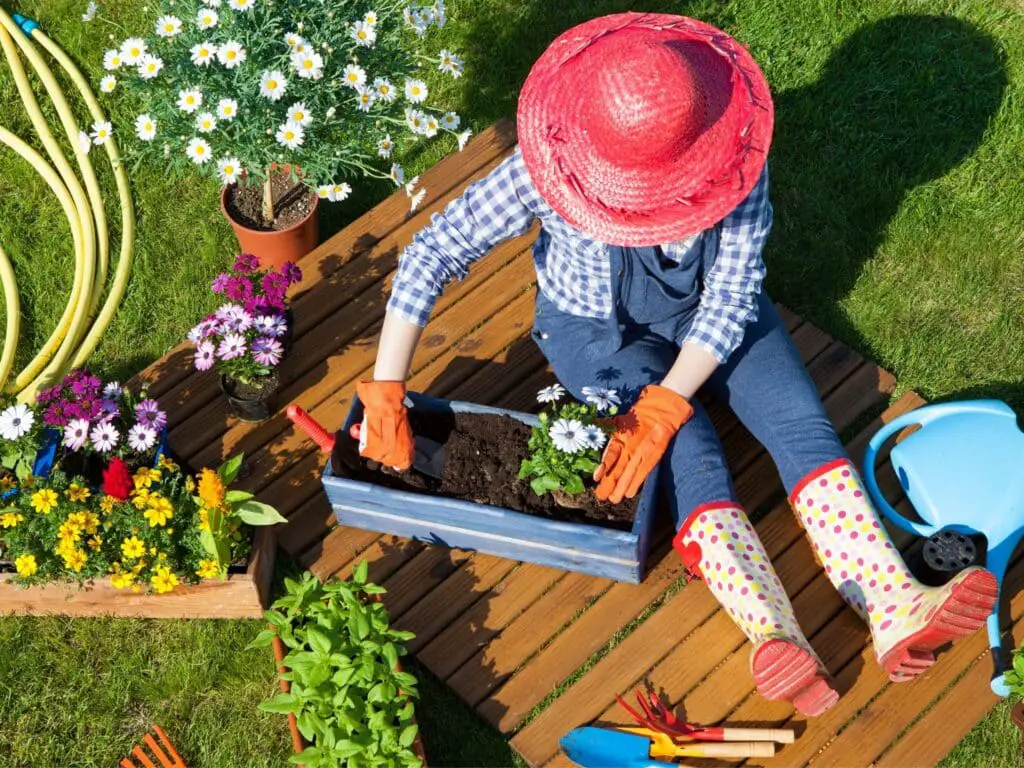
What do people wear while gardening?
We’ll start with the basics: a good pair of gardening gloves, a hat to protect your face from the sun, and comfortable shoes. From there, we’ll move on to clothing options that will keep you cool in the summer and warm in the winter.
When it comes to gardening attire, practicality takes center stage. Many gardeners opt for lightweight, long-sleeved shirts and pants to shield their skin from the sun and potential scratches. Breathable fabrics like cotton keep them cool while they work. Wide-brimmed hats offer protection for the face and neck, and sunglasses keep the glare at bay. Sturdy, closed-toe shoes provide support and guard against any accidental encounters with garden tools or prickly plants.
Gardeners often choose functional accessories like gloves to shield their hands from thorns, insects, and dirt. Aprons with pockets prove handy for carrying small tools, seed packets, or even a phone. Some also use knee pads to alleviate discomfort during prolonged kneeling or bending.
As seasons shift, so does the attire. In colder months, layers become essential. Gardeners don waterproof clothing and boots for wet conditions. In rain or shine, a reliable waterproof jacket is a staple. On the other hand, warmer months call for lightweight, moisture-wicking clothing to combat sweat.
Overall, while practicality guides gardening fashion, personal style still shines through. Vibrant colors, patterns, and even personalized aprons add a touch of individuality to this utilitarian outdoor activity. So, whether cultivating a flourishing garden or tending to a small green space, dressing thoughtfully for the task ensures comfort, safety, and the freedom to truly enjoy the art of nurturing nature.
What is the best clothing to wear in the garden?
Best Clothes to Wear While Gardening
- A Top with Sun Protection. Not all shirts are created equal when it comes to gardening.
- A Maxi Dress with Pockets.
- Waterproof Shoes or Boots with Traction.
- Bottoms with Pockets.
- Head Protection.
- Whatever Keeps You Comfortable.
The best clothing for gardening strikes a balance between comfort, protection, and practicality. Opt for lightweight, long-sleeved shirts and pants made from breathable fabrics like cotton, which keep you cool while safeguarding your skin from the sun and potential scratches. Closed-toe, sturdy shoes provide ample support and guard against accidental encounters with garden tools or thorns.
A wide-brimmed hat shields your face and neck from the sun, while sunglasses protect your eyes from glare. Consider donning gloves to shield your hands from thorns, insects, and dirt. Aprons with pockets prove invaluable for conveniently carrying tools, seeds, or your phone, and knee pads can alleviate discomfort during prolonged kneeling or bending.
In colder months, prioritize layers to stay warm, and opt for waterproof clothing and boots in wet conditions. A dependable waterproof jacket is a must for rainy weather. For warmer days, choose moisture-wicking, lightweight clothing to combat sweat.
While functionality remains key, feel free to infuse your personal style. Vibrant colors, patterns, and even personalized aprons can add a touch of individuality to your gardening attire. By choosing clothing that aligns with both the task at hand and your personal preferences, you ensure a comfortable, safe, and enjoyable gardening experience.
What do gardeners wear in summer?
In summer, a pair of work trousers will often be too hot to work in. That is why our selection of workwear items for gardeners also includes both shorts and 3/4-length trousers. One good option is to go for a pair of 3/4-length trousers with kneepad pockets for your kneepads if you often work in a kneeling position.
During the summer, gardeners prioritize clothing that keeps them cool and protected from the sun’s intense rays. Lightweight, breathable fabrics like cotton or linen are popular choices for shirts and pants, allowing air circulation and reducing overheating. Short-sleeved shirts or sleeveless tops are common to help combat the heat.
Wide-brimmed hats become essential accessories, shielding the face and neck from sunburn. Sunglasses protect the eyes from harsh sunlight and glare. Closed-toe shoes provide both support and safeguarding against potential hazards in the garden.
Gloves are still valuable during summer, guarding hands from thorns, sharp objects, and dirt. Many gardeners also apply sunscreen on exposed skin for added protection. Choosing light-colored clothing can reflect sunlight and help maintain a cooler body temperature.
In warmer climates, gardeners might opt for moisture-wicking fabrics that help manage sweat and keep them comfortable. Breathable, loose-fitting clothing prevents overheating and allows for ease of movement. By donning attire that balances ventilation and protection, gardeners can tend to their plants with enthusiasm even in the hottest of summer days.
Can you wear shorts while gardening?
Comfy Cotton Shorts
A great choice for what to wear while gardening is a pair of women’s cotton shorts. You can’t beat these short for their convenience, comfort, breathability, and mobility. Cotton shorts are also amazingly easy to wash to get off all the dirt, sweat, and grass clippings.
Yes, you can wear shorts while gardening, especially during warm weather. However, there are a few factors to consider when deciding whether shorts are the right choice for your gardening activities.
Shorts can provide comfort and freedom of movement, which can be particularly advantageous when you’re bending, kneeling, and moving around the garden. They can help keep you cooler in hot weather and allow for better airflow around your legs. However, it’s important to prioritize protection and practicality.
When opting for shorts, consider the length. Longer shorts can provide more coverage and protection against scratches, insect bites, and exposure to the sun. Additionally, be mindful of the type of gardening you’ll be doing. If you’ll be working around thorny plants or using tools that could pose a risk to your legs, wearing longer pants might be a safer choice.
Pairing your shorts with knee pads can provide extra cushioning and protection while kneeling. Closed-toe shoes are still recommended to safeguard your feet from potential hazards in the garden.
In summary, while shorts can be a comfortable choice for gardening, it’s important to strike a balance between comfort and protection. Choosing the appropriate length and considering the tasks you’ll be performing will help ensure a safe and enjoyable gardening experience.
Why is sun protection an important factor to consider when deciding what to wear for gardening?
Sun protection is a paramount consideration when choosing attire for gardening due to the potential risks posed by prolonged exposure to the sun’s harmful ultraviolet (UV) rays. Spending extended periods outdoors while tending to plants can lead to increased sun exposure, putting gardeners at a higher risk of sunburn, premature aging, and skin cancers.
Selecting clothing that provides adequate sun protection, such as long-sleeved shirts and pants, can significantly reduce the amount of UV radiation that reaches the skin. These garments act as a physical barrier, shielding delicate skin from direct sunlight. Additionally, wide-brimmed hats offer essential shade for the face, neck, and ears, areas particularly susceptible to sun damage.
The choice of fabrics also plays a crucial role in sun protection. Opting for tightly woven materials with a high ultraviolet protection factor (UPF) rating can further minimize UV penetration. Light colors and certain specialized fabrics can also help reflect sunlight, aiding in temperature regulation while mitigating the risks associated with excessive sun exposure.
By prioritizing sun protection in gardening attire, individuals not only safeguard their skin’s health but also set a precedent for responsible outdoor practices. The right clothing choices ensure that the joy of cultivating nature’s beauty is not overshadowed by the potential health hazards posed by the sun’s rays.
What are the advantages of wearing closed-toe shoes while gardening? Are there any specific features to look for in gardening footwear?
Opting for closed-toe shoes when gardening offers numerous advantages in terms of safety, comfort, and protection. These shoes provide a sturdy barrier against potential hazards such as sharp gardening tools, thorns, rocks, and even insects. Closed-toe shoes guard the feet from accidental injuries, preventing cuts, bruises, and punctures that can occur while navigating the garden terrain.
When selecting gardening footwear, a few key features should be considered. Look for shoes with durable, non-slip soles that offer traction on various surfaces. Adequate arch support and cushioning ensure comfort during prolonged periods of standing and walking. Waterproof or water-resistant materials can keep feet dry when working in damp conditions.
Breathability is crucial to prevent overheating and moisture accumulation, so choosing shoes made from breathable materials can enhance overall comfort. Additionally, ankle support can be beneficial, especially if gardening involves uneven terrain or bending and kneeling.
Gardening shoes should also be easy to clean, as they are likely to get dirty from soil, mud, and water. Some gardening footwear even features reinforced toe caps for extra protection against impacts.
In summary, closed-toe shoes offer a protective shield for gardeners’ feet, guarding against potential injuries and providing comfort during long hours of work. Look for features like durability, traction, comfort, breathability, and easy maintenance when choosing the ideal gardening footwear.
How do gloves and knee pads enhance the gardening experience? What types of tasks do they offer protection for?
Gloves and knee pads significantly enhance the gardening experience by providing essential protection and comfort during various tasks. Gloves act as a barrier between the hands and potential hazards like thorns, sharp branches, and abrasive surfaces. They prevent cuts, scratches, and blisters while maintaining a secure grip on gardening tools. Additionally, gloves shield the hands from dirt and harmful chemicals, promoting hand hygiene and skin health.
Knee pads offer a cushioning layer that reduces discomfort when kneeling or bending for extended periods. They protect the knees from bruises, cuts, and strain, allowing gardeners to work on the ground with reduced stress on their joints. Knee pads are especially beneficial during activities such as planting, weeding, and pruning, which require frequent changes in position and involve contact with rough surfaces.
Both gloves and knee pads contribute to a more efficient and enjoyable gardening experience. They enable gardeners to focus on their tasks without the distraction of potential discomfort or injuries, ensuring that tending to plants remains a pleasurable endeavor. By offering protection for hands and knees, these accessories become invaluable assets in maintaining the physical well-being of gardeners while they nurture their outdoor sanctuaries.
In what ways can accessories like hats and sunglasses contribute to a gardener’s comfort and safety?
Accessories like hats and sunglasses play a crucial role in enhancing both the comfort and safety of gardeners. Hats with wide brims provide shade to the face, neck, and ears, shielding these sensitive areas from direct sunlight. This reduces the risk of sunburn and minimizes the potential for heat-related issues, promoting overall well-being during long hours spent outdoors.
Sunglasses offer protection against the sun’s harmful ultraviolet (UV) rays and intense glare. They safeguard the eyes from potential damage caused by prolonged exposure to UV radiation, reducing the risk of eye strain, fatigue, and long-term vision problems. Additionally, sunglasses enhance visibility by minimizing glare, allowing gardeners to work more effectively and accurately.
Both hats and sunglasses contribute to a gardener’s safety by preventing distractions. Uncomfortable glare or squinting due to bright sunlight can lead to accidents or injuries while handling tools or navigating the garden terrain. By promoting clear vision and reducing discomfort, these accessories help gardeners maintain focus on their tasks, ensuring a safer and more enjoyable gardening experience.
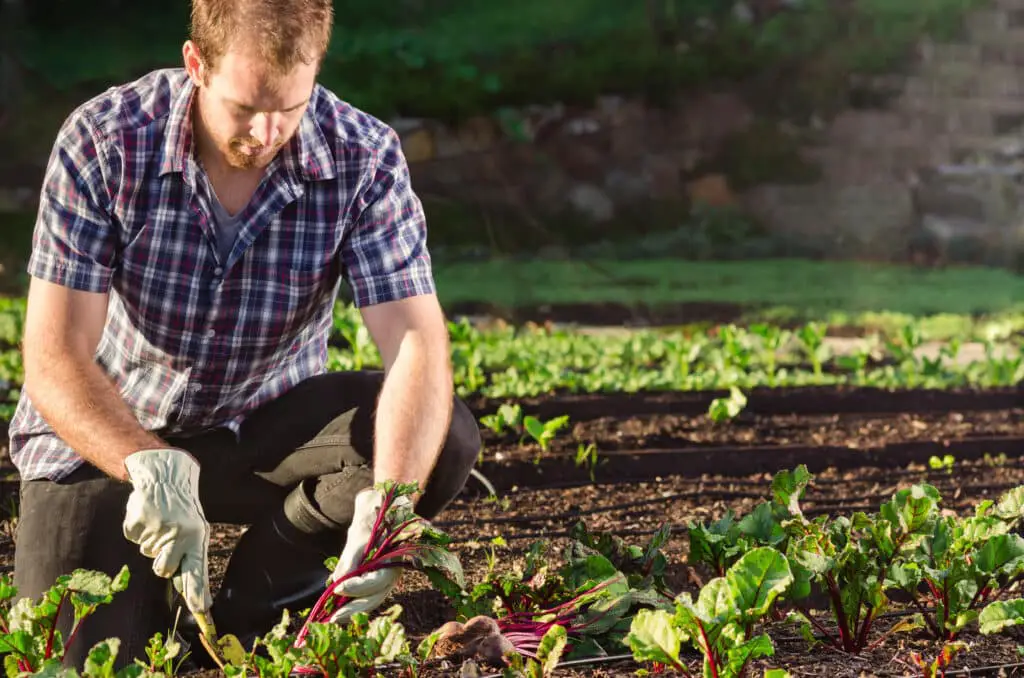
Conclusion
In the captivating realm of gardening, where nature and nurture intertwine, the importance of selecting the right attire cannot be overstated. As we conclude our exploration of “What To Wear When Gardening,” it’s clear that clothing serves as a gateway to a harmonious gardening experience. The journey through functional yet stylish choices is a testament to the thoughtful balance between practicality and personal expression.
Gardening attire is more than a mere outfit; it’s a companion on your journey to cultivate and create. It’s the shield against thorns and sunburn, the comfort in bending and kneeling, and the canvas upon which you paint your passion for nature. From breathable fabrics to wide-brimmed hats, gloves to knee pads, each piece plays a role in enhancing your connection with the soil and the vibrant life it sustains.
By marrying functionality with flair, you craft an identity in your while garden – one that echoes your care for the environment and mirrors your dedication to growth. Vibrant colors and individual touches infuse life into the utilitarian, transforming it into an extension of your personality.
As you embark on the timeless pursuit of nurturing the earth’s gifts, let this guide remind you that your choice of clothing is an embodiment of your commitment to both the process and the outcome. May your garden flourish, and may your gardening attire be a steadfast companion, bearing witness to the stories of growth, beauty, and the profound connection you share with the natural world.



